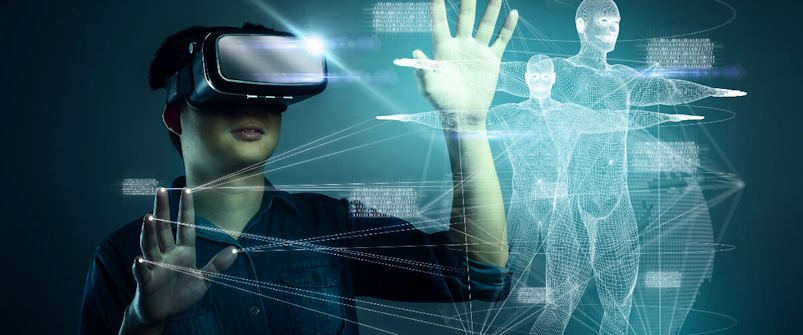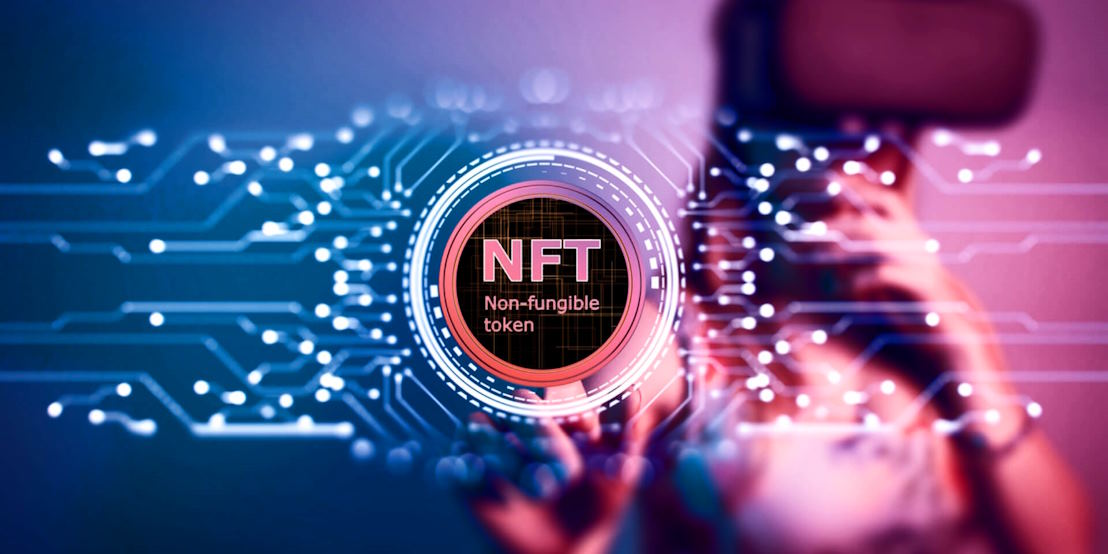What Are New Technological Innovations That Impact NFT?
Non-fungible tokens (NFTs) have transcended their origins, becoming more than mere collectibles and artworks. The NFT space is undergoing a profound transformation, fueled by a wave of technological innovations that stretch the boundaries of what these digital assets can achieve.
What are such technological innovations?
Let’s consider several notable technological innovations influencing NFTs:
Smart Contracts and Programmable NFTs
Smart contracts have evolved to enable more sophisticated and programmable NFTs, allowing for dynamic functionalities. Programmable NFTs can now possess dynamic attributes, changing their appearance or behavior over time or responding to specific triggers. This innovation opens up avenues for interactive and adaptive digital assets.
Layer 2 Solutions for Scalability
As the popularity of NFTs surged, scalability became a critical concern on blockchain networks, leading to congestion and high transaction fees. Layer 2 scaling solutions, such as Optimistic Rollups and zk-Rollups, address these challenges by processing transactions off the main blockchain, significantly improving scalability and reducing costs.
Interoperability and Cross-Chain NFTs
Different blockchains hosting NFTs presented interoperability challenges, hindering the seamless transfer of assets. Blockchain bridges and interoperability protocols allow NFTs to move seamlessly across blockchains, fostering a more interconnected and accessible NFT ecosystem.

Decentralized Storage and Content Delivery Networks (CDNs)
Centralized storage posed security risks and a single point of failure for NFT content. Implementing decentralized storage networks and CDNs enhances security, ensuring that NFT content remains accessible even if individual nodes experience downtime or disruptions.
Integration of Oracles for Real-World Data
NFTs are no longer limited to purely digital realms, with the integration of oracles allowing them to incorporate real-world data. Oracles enable NFTs tied to real-time data, such as sports scores, financial market movements, or environmental conditions, providing a new level of utility and relevance.
AI and Generative Art NFTs
Artificial intelligence is harnessed to create unique and generative art pieces within the NFT space. AI-driven NFTs often produce dynamic and ever-changing digital art, challenging traditional notions of static digital assets and providing collectors with unique creations.
Virtual Reality (VR) and Augmented Reality (AR) Integration
NFTs are finding their way into virtual and augmented reality environments, offering users immersive and interactive experiences. Integrating NFTs with VR and AR technologies provides new dimensions for exploration, storytelling, and engagement, creating novel opportunities for creators and collectors alike.


